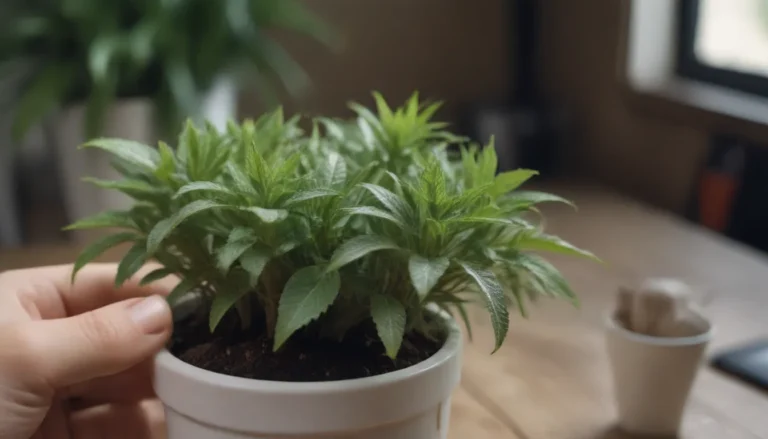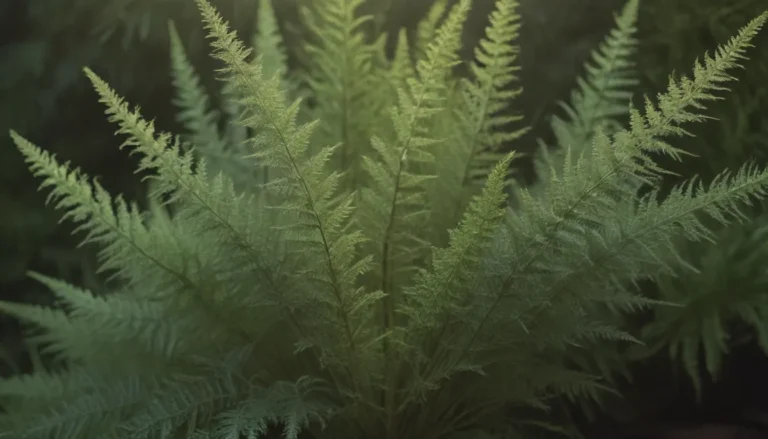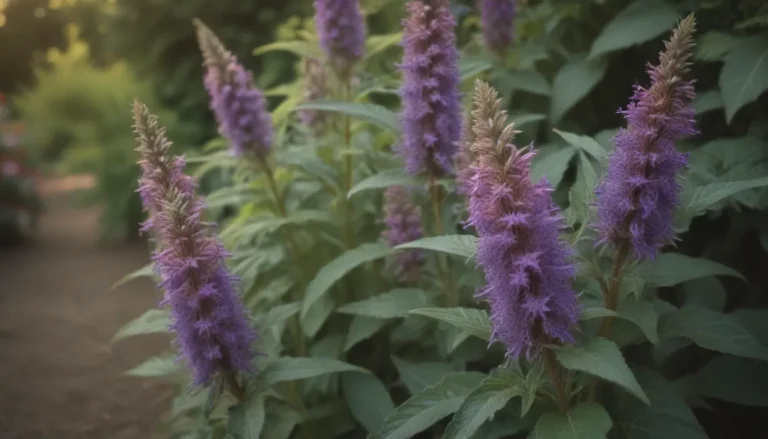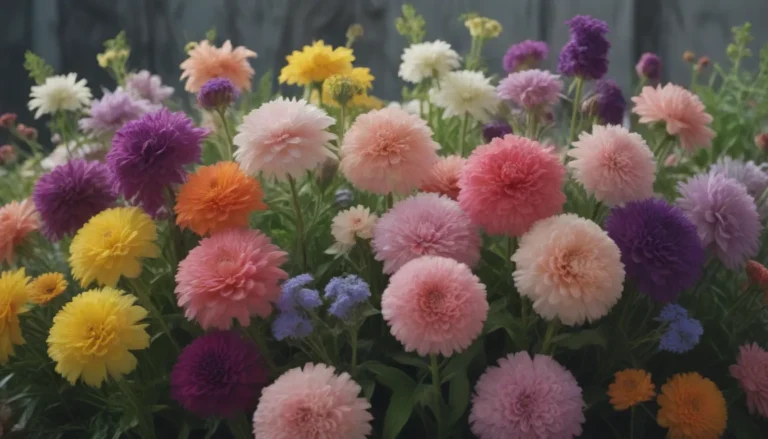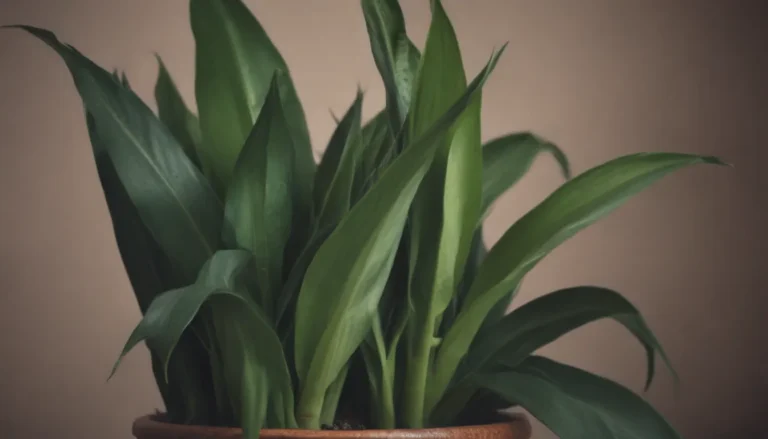Exploring the World of Carnivorous Plants
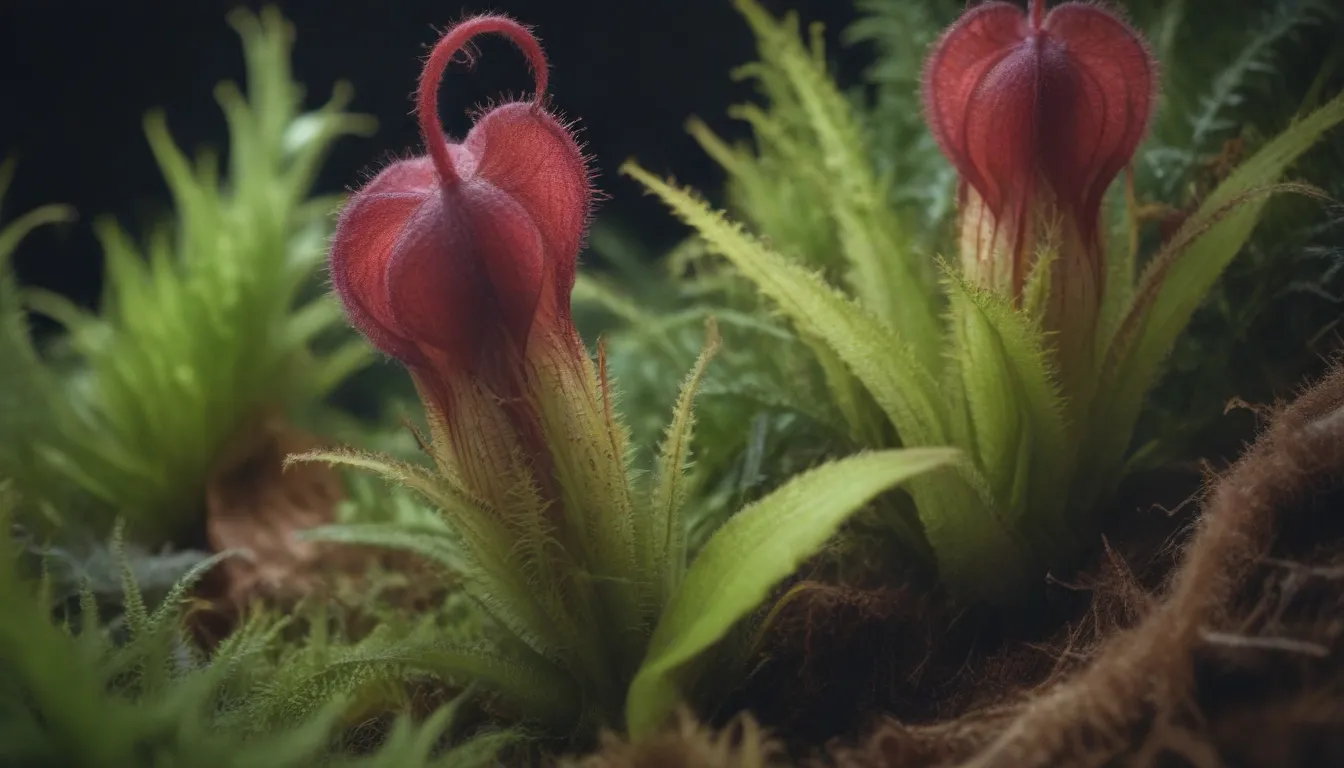
Carnivorous plants have a certain allure that captivates both gardeners and nature enthusiasts alike. These plants have developed unique adaptations to help them survive in environments where nutrients are scarce. The ability to eat bugs or other small creatures sets carnivorous plants apart, giving them a somewhat alien and sinister appearance. In this comprehensive guide, we will delve into the fascinating world of carnivorous plants, exploring their unique characteristics and providing valuable information for enthusiasts looking to grow these plants at home.
Understanding Carnivorous Plants
Carnivorous plants have evolved to supplement their nutrient intake by capturing and digesting prey. Unlike traditional plants that absorb nutrients from the soil, carnivorous plants have developed specialized structures to attract and trap insects. These adaptations have led to the development of a diverse range of carnivorous plant species, each with its own unique features and growing requirements.
How Carnivorous Plants Capture Prey
The most common method used by carnivorous plants to capture prey involves modified leaves that act as traps. These traps are often filled with a digestive fluid that breaks down the captured insects, providing the plant with essential nutrients. Some carnivorous plants, such as sundews, have sticky tentacles that actively reach out and ensnare insects upon contact. Others, like pitcher plants, have slippery walls that prevent insects from escaping once they enter the structure.
Benefits of Growing Carnivorous Plants
Aside from their unique beauty and intriguing mechanisms for capturing prey, carnivorous plants offer several benefits for gardeners. These plants can help control pest populations in the garden by consuming insects like flies and mosquitoes. Additionally, growing carnivorous plants can be a rewarding experience, providing a glimpse into the fascinating world of plant adaptation and survival strategies.
14 Fascinating Carnivorous Plants to Know About
If you’re intrigued by the world of carnivorous plants and want to explore some unique species, here are 14 fascinating plants to learn about:
Cobra Lily
- Name: Darlingtonia Californica
- USDA Growing Zones:
- Color Varieties:
- Sun Exposure:
- Soil Needs:
- Mature Size:
The Cobra Lily, also known as the California pitcher plant, boasts a distinctive flower that resembles the head of a striking cobra. Native to southern Oregon and Northern California, this plant is challenging to grow but worth admiring in its natural habitat.
Purple Pitcher Plant
- Name: Sarracenia Purpurea
- USDA Growing Zones:
- Color Varieties:
- Sun Exposure:
- Soil Needs:
- Mature Size:
The Purple Pitcher Plant, native to the eastern seaboard, features unique subspecies and requires specialized growing conditions. Ideal for bog gardens, this plant is a striking addition to any collection.
Yellow Pitcher Plant
- Name: Sarracenia Flava
- USDA Growing Zones:
- Color Varieties:
- Sun Exposure:
- Soil Needs:
- Mature Size:
The Yellow Pitcher Plant showcases a modified leaf structure that holds liquid, attracting insects in sandy, boggy areas of the Southeast U.S. Its vibrant blooms make it a standout in any garden setting.
White Trumpet Pitcher Plant
- Name: Sarracenia Leucophylla
- USDA Growing Zones:
- Color Varieties:
- Sun Exposure:
- Soil Needs:
- Mature Size:
Considered one of the prettiest carnivorous plants, the White Trumpet Pitcher Plant features stunning pitchers with dark veins against a pure white background. With easy growing requirements, this plant is a popular choice for water gardens.
Tropical Pitcher Plant
- Name: Nepenthes spp.
- USDA Growing Zones:
- Color Varieties:
- Sun Exposure:
- Soil Needs:
- Mature Size:
Tropical Pitcher Plants, with their hanging pitchers, are among the most visually striking carnivorous plants. Some species, like N. rajah and N. rafflesiana, have large pitchers capable of trapping small mammals and birds.
Sun Pitcher Plant
- Name: Heliamphora spp.
- USDA Growing Zones:
- Color Varieties:
- Sun Exposure:
- Soil Needs:
- Mature Size:
The Sun Pitcher Plant, native to South America, features modified leaf structures that hold water to drown insects. These plants thrive in precise conditions, making them a challenge to grow but a rewarding addition to any collection.
Western Australian Pitcher Plant
- Name: Cephalotus Follicularis
- USDA Growing Zones:
- Color Varieties:
- Sun Exposure:
- Soil Needs:
- Mature Size:
The Western Australian Pitcher Plant is among the smallest carnivorous plants, with striped pitchers that add visual appeal to any space. The ‘Eden Black’ cultivar even boasts a rare black coloration, making it a unique addition to any collection.
Sundew
- Name: Drosera spp.
- USDA Growing Zones:
- Color Varieties:
- Sun Exposure:
- Soil Needs:
- Mature Size:
Sundews, with their sticky secretions and active trapping mechanisms, offer a captivating display in any garden. These plants actively respond to touch, ensnaring insects with their hair-like tentacles.
Venus Flytrap
- Name: Dionaea Muscipula
- USDA Growing Zones:
- Color Varieties:
- Sun Exposure:
- Soil Needs:
- Mature Size:
The Venus Flytrap is perhaps the most well-known carnivorous plant, featuring active traps that clamp down on insects in a flash. Native to the Carolinas, these plants are popular as both houseplants and unique additions to garden collections.
Bladderworts
- Name: Utricularia spp.
- USDA Growing Zones:
- Color Varieties:
- Sun Exposure:
- Soil Needs:
- Mature Size:
Bladderworts boast a unique trapping mechanism that involves elastic bladders snapping open to ensnare minuscule insects. With over 200 species, these plants offer a fascinating glimpse into the world of carnivorous plants.
Stay tuned for Part 2!
